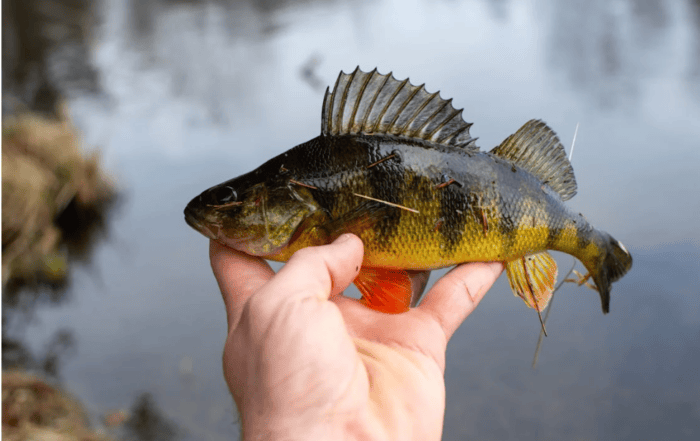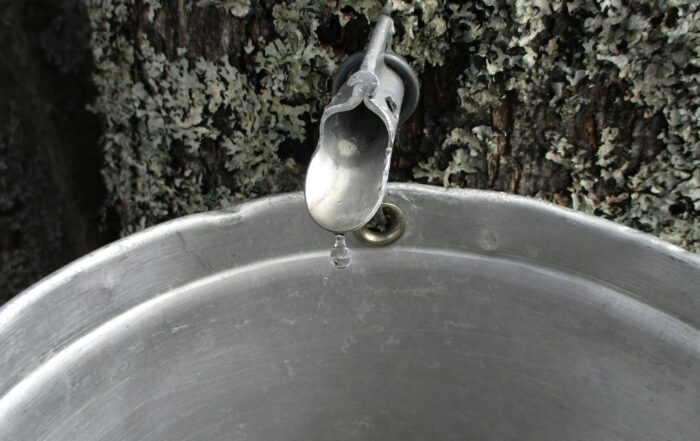
Photo: Juan Encalada (Unsplash)
Conservation and Parks, along with the Ministry of the Environment, are planning to transport a dozen boreal caribou to Michipicoten Island.
Caribou once thrived on the remote island of Lake Superior – It is said there were once close to a thousand Caribou on the island – up until the population was decimated by wolves that crossed from the mainland over the ice during the winter of 2014. This caused the Canadian Ministry of Natural Resources and Forestry to relocate the 15 surviving caribou to the Slate Islands near Terrace Bay, and to Caribou Island, south of Michipicoten Island, in 2018.
Gordon Eason, a retired biologist said “They don’t deserve to be wiped out. It’s no fault of their own. It’s just that things have changed around them. There’s kind of an ethical thing there, that we owe them something.”
A recent survey by an independent party estimated there are 23 to 26 caribou on Caribou Island. Of these, some individuals will be selected for transfer to Michipicoten Island. Now that the wolves have disappeared from the large island, it’s an opportune time to reintroduce the caribou.
A spokesperson for the Ministry of the Environment, Conservation and Parks said a 2022 survey of Michipicoten Island found no remaining evidence of wolves and a strategy has been developed in consultation with Michipicoten First Nation and Biigtigong Nishnaabeg First Nation for transferring caribou back to the island.
Four adult males and eight adult females are expected to be taken by helicopter, but the timing of the project has not been confirmed. The caribou will be carried inside the aircraft and not beneath the helicopter in a sling. Experienced contractors will conduct the transfer under the supervision of a veterinarian to meet Ontario’s standards of wildlife animal care.
Although Ontario has authorised the project under the Endangered Species Act, it will not be a participant in the transfer.
“The Second Wave”- The National Museum of the Great Lakes breaks ground on new expansion
In its 10th year of operations, the National Museum of the Great Lakes in Toledo Ohio broke ground on a new 465-square-metre expansion to provide dedicated spaces for new exhibits, travelling exhibits, and a community education centre.
“Our mission at the National Museum of the Great Lakes is to educate and inspire visitors with the rich history of the Great Lakes. We’re embarking on an exciting new journey,” Paul LaMarre, vice chairman of the board of the museum told the Toledo Blade. “We’re expanding our horizons. We’re taking a pivotal step, breaking ground on the new addition to the museum,” said LaMarre.
To date, over $4.4 million (USD) of a total goal of $6 million has been raised to support the expansion work, though the project is still open to donations. Further information about the project can be found at https://nmgl.org/thesecondwave/ .
Spongy moths on the decline in summer of 2024

If you’ve spent any time in the great outdoors around the Great Lakes over the past several summers, chances are, you’ve been disrupted by the notorious spongy moth caterpillar — formerly known as gypsy moths.
These highly invasive leaf-munching creepy-crawlies are known by campers and suburban home-bodies alike — and not for their cute little antennae. In their larval stage, spongy moths rapidly defoliate trees, especially oaks. Thanks to their booming populations and high-fibre diet, they also rain excrement showers on their unsuspecting victims below.
On windy days, caterpillars themselves have been known to fall into a picnic or backyard barbeque. People can be further plagued by the caterpillar if they try to remove them with their bare hands. While the spongy moth isn’t venomous or violent, their hair is known to cause an allergic reaction, resulting in an uncomfortable rash.
Typically, these caterpillars feed for about six to eight weeks before ceasing in midsummer, allowing affected trees to grow a second or third flush by mid-to-late July.
In other good news, the spongy moths are on the decline in many areas in 2024, following a peak in 2021.
The decline is attributed to natural factors like viral and fungal agents that cause population crashes, allowing deciduous trees about 8-12 years of healthy growth before the cycle is expected to repeat.



